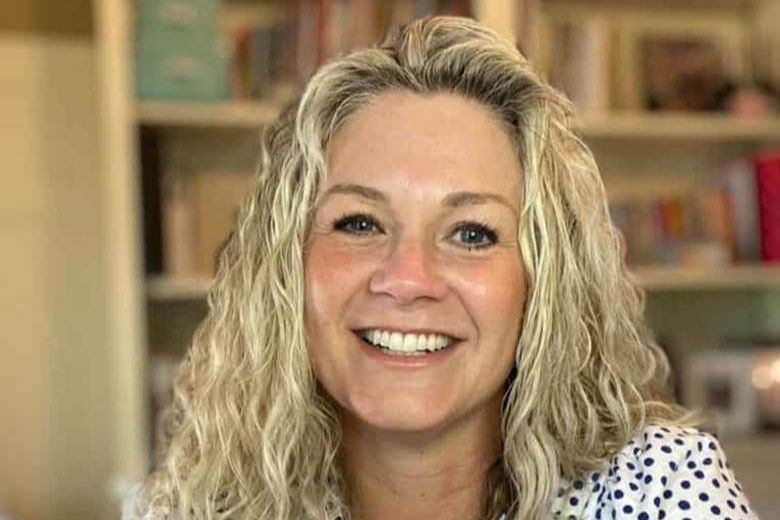Six Questions with Jessica Fries-Gaither
- Mary Boone

- Dec 26, 2023
- 3 min read

Jessica Fries-Gaither is an experienced science educator and an award-winning author of books for students and teachers. Her titles include Nature's Rule Breakers: Creatures That Don't Fit In, Notable Notebooks: Scientists and Their Writings, Exemplary Evidence: Scientists and Their Drawings, and Science Notebooks in Student-Centered Classrooms. Visit Jessica's website to learn more about her and her work.
You can also find her on social media: Facebook at https://www.facebook.com/jfriesgaither, on Twitter and Instagram at @JessicaFGWrites, and on Blue Sky at @jessicafgwrites.bsky.social.
1. How did you begin your journey as an author?
Officially, my journey as an author began with a book I co-wrote for teachers. Inquiring Scientists, Inquiring Readers, published in 2012, was the result of several years of collaboration with my co-author on science and literacy curricular resources. That experience gave me the confidence to pitch a children’s book idea to my editor, and I published Notable Notebooks: Scientists and Their Writings in 2016. And I just kept going from there.
Unofficially, though, my journey started much earlier. A few years ago, my parents gave me (yet another) box of childhood items from their basement. Inside were an entire stack of books that I had written, illustrated, and created by hand at the age of eight. Amazingly – almost all were science nonfiction. Apparently I knew what I liked, even at a young age!
2. What do you feel you’ve gained from being a part of the children’s writing community?
I’m continually amazed and humbled by the genius and generosity of the children’s writing community. So many have helped me get to this point through classes, critiques, advice in emails on social media, and forums like the 12x12 Picture Book Writing Challenge. I hope I can give back as much as I’ve received.
In a bigger sense, I feel like I’ve finally found my true calling and my community. I’ve loved science for my whole life, but a career as a scientist just wasn’t the right fit for me. And I love teaching, but I was always looking for something more. The moment I started taking classes and interacting with authors and illustrators, I knew—this was what I was supposed to do, and these were my people!
3. When do you write? How often do you write? Where do you write?
I love writing, and yet I have to make a concerted effort to make it part of my life on a regular basis. During the summer and school breaks, it’s easy to write every day. During the school year, not so much! I’ve been working on finding ways to both embrace the different seasons I encounter throughout the year and to keep at least a little writing going in the busy times. One strategy that has worked for me is a weekly writing date with a friend. We meet for coffee, a quick catch up, and then one to two hours of focused writing.

4. Was this always the title for this project? If not, what other titles did you consider and how did you land on this one?
My original title for the manuscript was Meet the In-Betweeners: Nature’s Most Fascinating Creatures. I knew that it would most likely change during production, if only for the reason that I invented the word “in-betweeners” to describe the animals I was writing about. And as expected, the marketing team worried that potential readers wouldn’t understand the title well enough to want to read it. We emailed back and forth with a number of ideas, and somehow landed on the concept of rule breaking. The kid appeal in that was immediately apparent, and so it was just a matter of fine tuning the rest of the title. I am thrilled, however, that my invented word “in-betweeners” did make it into the final text!
5. If you read this book to a room filled with kids, what message would you want them to leave with?
Of course, I’d want them to understand and appreciate that nature is so wild and wonderful that it can’t be captured in easy categories. But I hope they’ll take the next step and apply this idea to their fellow humans and even themselves. Many times, not fitting in means there’s a problem with the categories, not the individual.
6. As a nonfiction author, how do you divide your time between research and writing?
There’s really not a clear line between research and writing for me. Sure, I usually need to do some background research at the start of a project to give me a scope and a direction. But I often find myself continuing to research as I write. Trying to explain science concepts in a simple way often sparks many more questions, and so I go back and forth until I feel like I’ve explained it completely and well.




Comments